Founded in 1789 (or 1838, depending on your perspective) Khon Kaen is anything but ancient. But long before the city began there was another significant settlement here. The Sri Than Ancient Community (เมืองโบราณศรีฐาน), named after the modern village that now occupies the same space, sits on a moat-ringed oval mound a bit west of the city center. It covers about twenty-five hectares and rises up to ten meters above the surrounding plain. Back in the 1970s Ban Sri Than village was out here entirely on its own surrounded by rice fields, and it wasn’t fully engulfed by the city until the early 2000s. Even today it retains a notable degree of isolation and feels not so different from a village far out in the countryside.
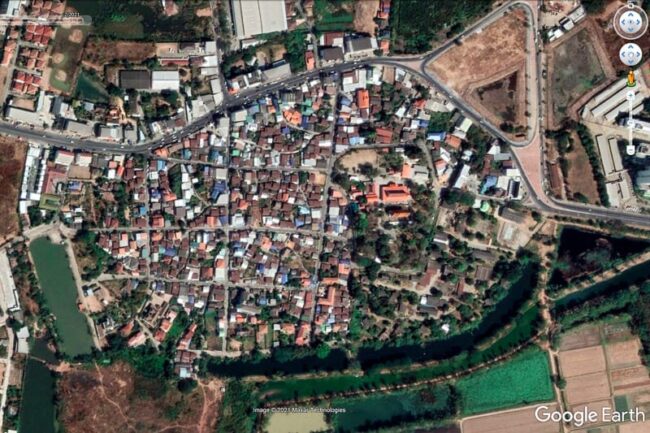
In 2017 the Fine Arts Department excavated a 3x3x3 meter pit at Wat Jomsri (วัดจอมศรี) atop the mound and uncovered pottery, a broken Buddha image, stone tools, glass beads, and other relics from the Dvaravati period (about 1,000 to 1,500 years ago) as expected, and also from the Middle Period Ban Chiang Era (about 2,500 years ago).
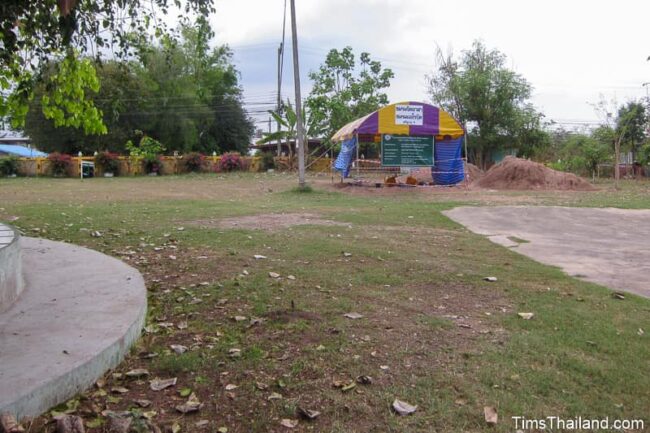
A second dig down below at the Khon Kaen Rice Research Center, alongside the moat, the next year added eight-hundred-year-old Khmer pottery to the historical record. This is no surprise since many old settlements from the Dvaravati era were incorporated into the Khmer empire when it reached this far north.
Everything was taken to the Khon Kaen National Museum, except for the Buddha head and some bai sema – the locals insisted that these stay – though none of it is on display there. A small meeting hall at the temple was appropriated for use as the grandly named Sri Than Community Temple History Center, but it is mostly now used for storage and the Thai-language-only information panels are too blocked to be read. If you want to see it, you’ll need to find a monk to open it for you. Some people want to turn this into a proper museum, but the likelihood of this happening seems very low.
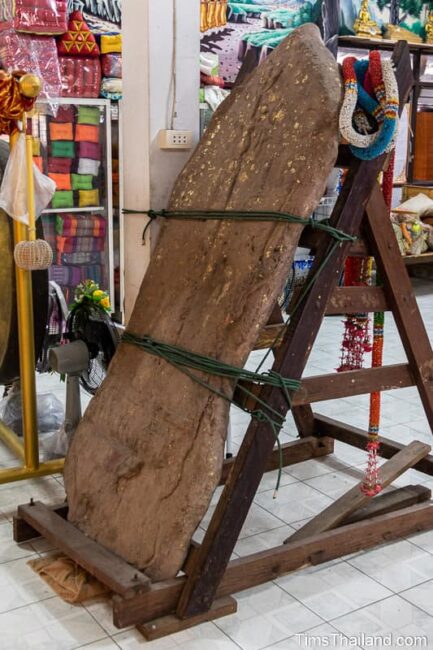
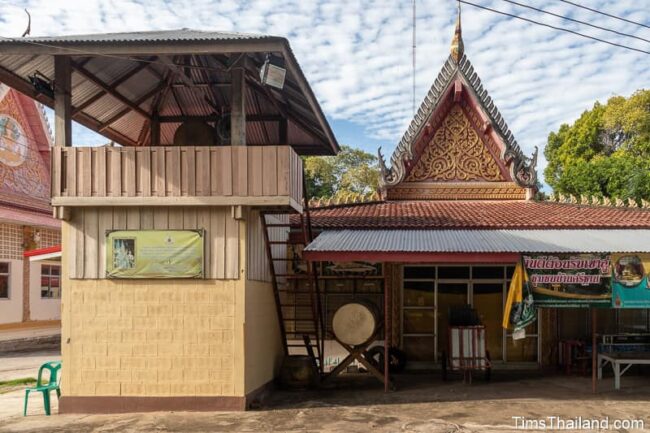
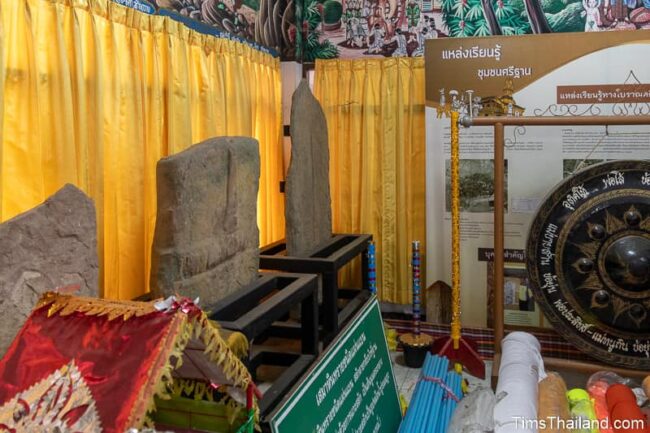
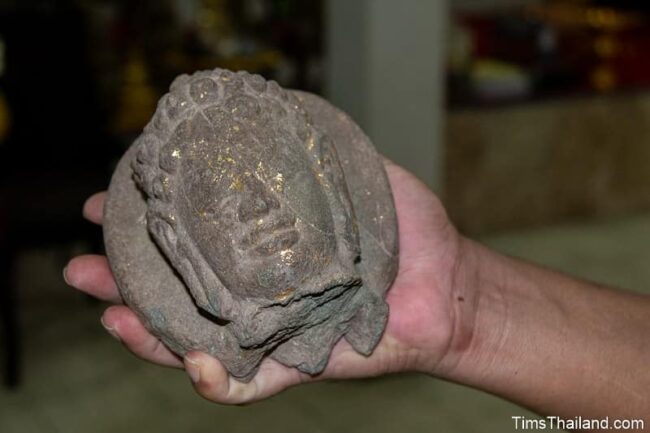
Besides the four bai sema in the temple’s “museum” there are about a dozen outside in several spots to the west of it.
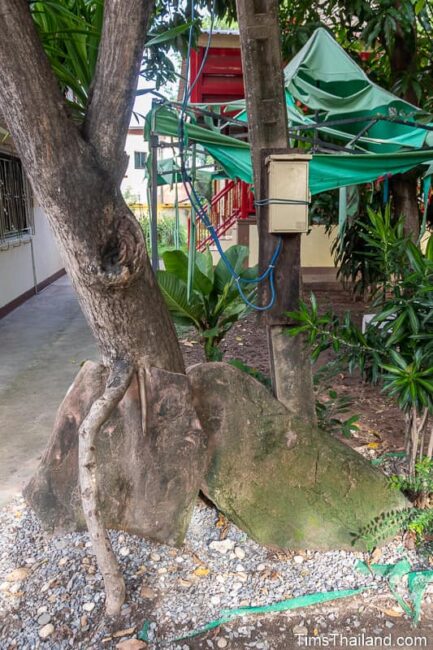
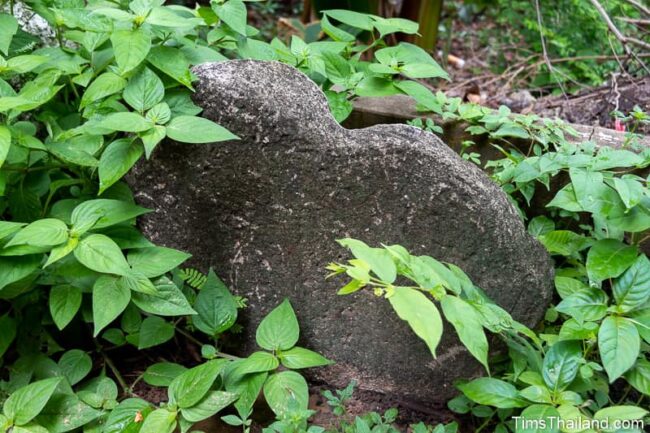
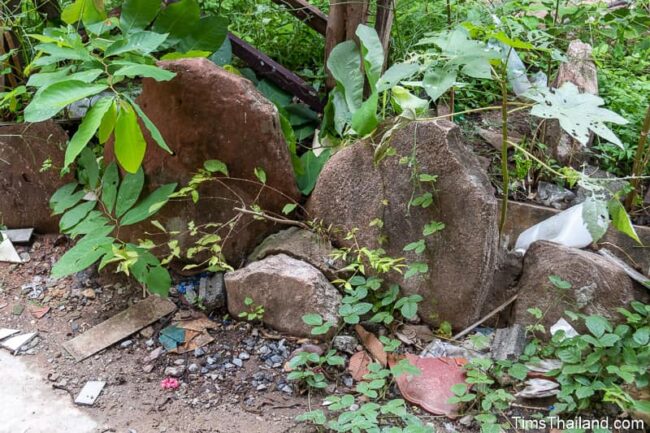
Only half of the old moat remains (about one kilometer of an original two), but you can unmistakably see the entire extent of it because Sri Chan Road traces its path to the north. The westernmost portion of the moat has been turned into a park.
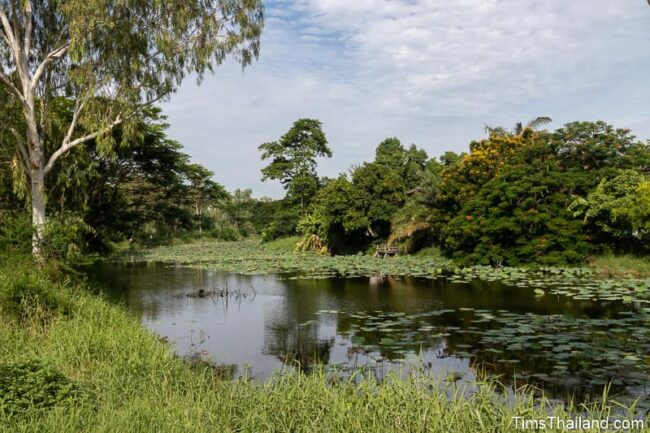
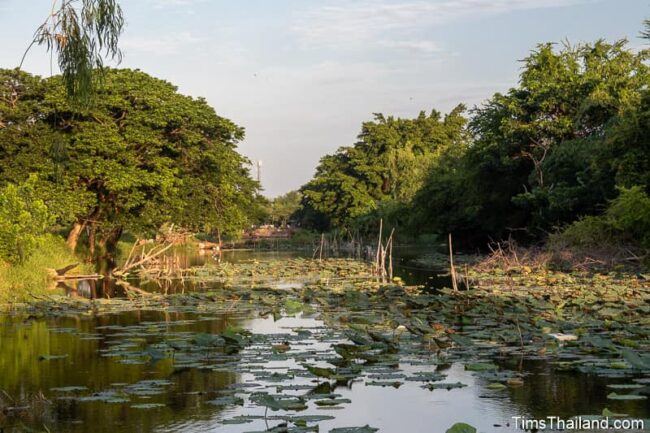
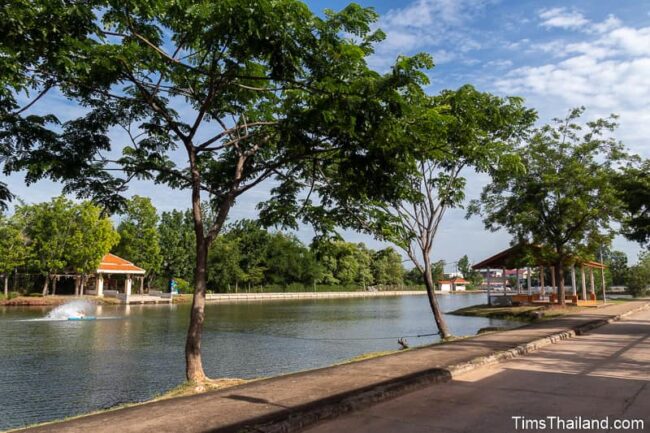
The waterway running alongside the moat once emptied out of Bung Nong Khot lake (which would have provided excellent hunting and fishing less than a kilometer away) just to the west and flowed east to the Nam Phong River, a large tributary of the Chi River, a major ancient trade route. So while Sri Than Ancient Community probably was never a truly important town, it could have been a relatively prosperous one.
Location – Wat Jomsri, Tambon Nai Mueang, Amphoe Mueang, Khon Kaen Province
Other Names – Si Than Archaeological Site (แหล่งโบราณคดีศรีฐาน)
Further Reading
เมืองโบราณศรีฐานบ้านเฮา (“Sri Than Ancient Community Our Home“): Tetsaban Khon Kaen, 2018.